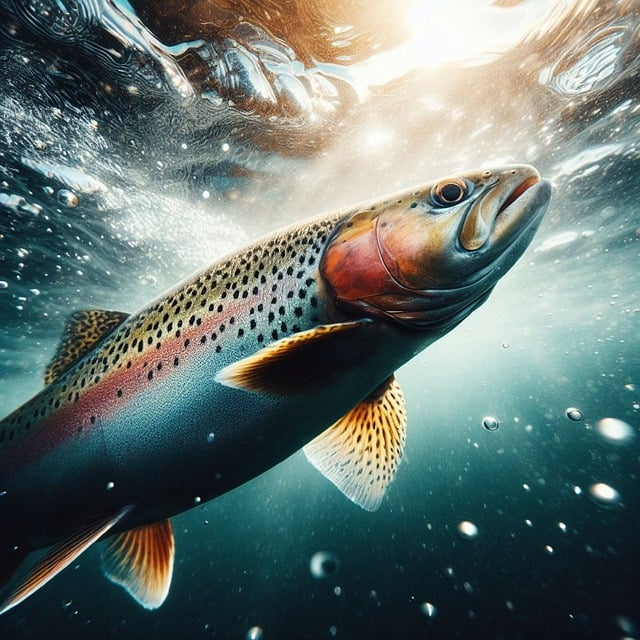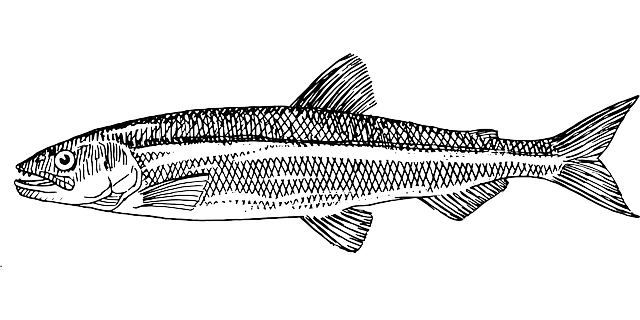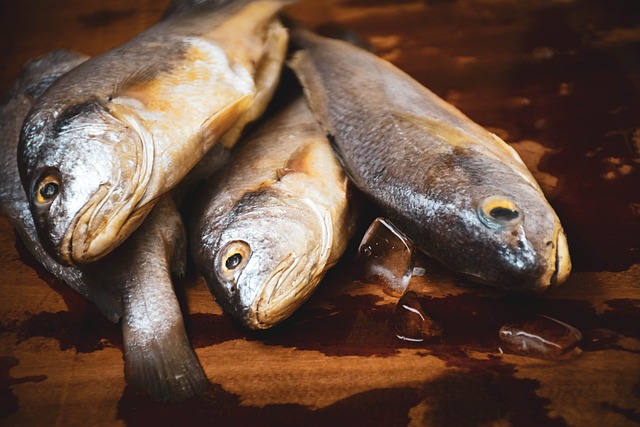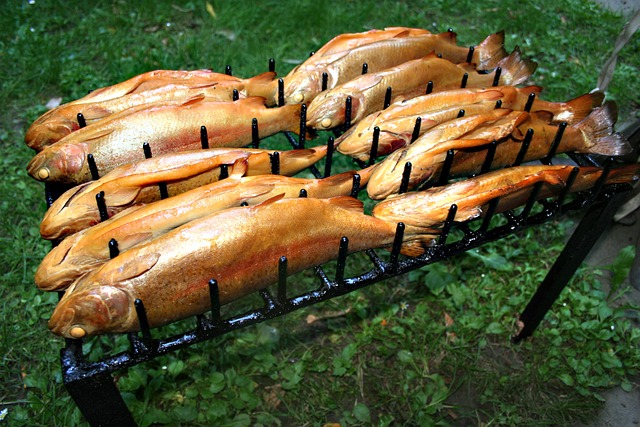Understanding river hydrology is key to successful trout fishing. By observing water flow patterns, depth, cover, and sunlight penetration, anglers can predict fish movement and identify prime habitats. Key tips include recognizing faster currents creating turbulence and slower sections offering shelter, tailoring approaches based on these elements, and targeting specific underwater structures and water conditions during optimal times like dawn and dusk. Effective bait and casting techniques, combined with local knowledge and seasonal shifts, enhance catch success for river trout.
Trout fishing in rivers is an art that combines understanding nature with precise techniques. This guide offers invaluable trout fishing tips for river enthusiasts. By delving into the science behind river currents and hydrology, you’ll learn to identify ideal trout habitat and best times for catching these elusive creatures. Mastering visual cues from water flow and ripples will enhance your success. Discover effective baits and techniques tailored for river trout fishing, and transform your next outing into a memorable catch.
- Understanding River Hydrology for Trout Fishing
- Visual Cues: Reading Water Flow and Ripples
- Identifying Ideal Trout Habitat
- Best Times to Fish for Maximum Catches
- Effective Baits and Techniques for River Trout
Understanding River Hydrology for Trout Fishing
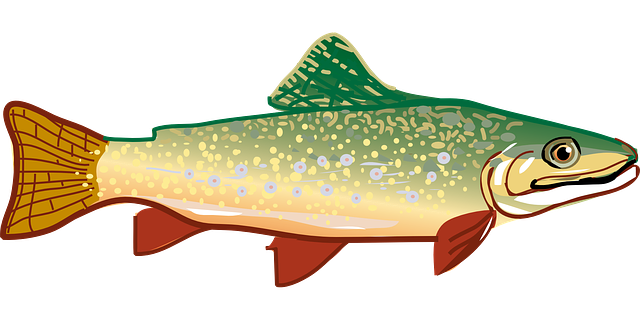
Understanding river hydrology is a key component in becoming successful at catching trout. River currents play a significant role in where and how fish move, feed, and rest. By observing and analyzing water flow patterns, you can gain valuable insights into the behavior of trout. For instance, faster-moving waters often create turbulence, which can dislodge insects from their perches, attracting hungry trout. Conversely, slower sections with eddies or pools provide ideal hiding spots for fish to ambush prey.
River trout fishing isn’t just about finding where the water flows; it’s also understanding why. The depth of water, proximity to cover, and sunlight penetration all influence a trout’s activity levels. Shallow runs and riffles may be prime locations during dawn and dusk when trout feed aggressively to prepare for the day or rest after a full night’s feeding. Deep pools can remain cooler, making them attractive spots later in the day. These variations in river hydrology create diverse habitats that support different types of trout populations, each with its own unique behavior patterns, contributing to an exciting and rewarding catch experience.
Visual Cues: Reading Water Flow and Ripples
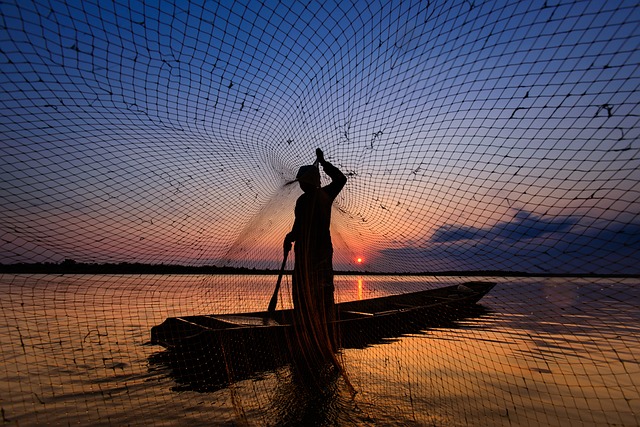
When it comes to reading river currents for successful trout fishing, understanding visual cues is key. By observing the flow and ripples on the water’s surface, anglers can gain valuable insights into the river’s dynamics and where trout might be hiding. Look for areas where the current slows down, creating eddies or pools—these spots are prime real estate for trout as they offer shelter and ample food sources.
Ripples, too, can indicate the presence of fish. These disturbances on the water’s surface are often caused by trout feeding or moving. By identifying rippling patterns, anglers can pinpoint active areas and adjust their tactics accordingly, increasing their chances of catching trout in these rivers.
Identifying Ideal Trout Habitat
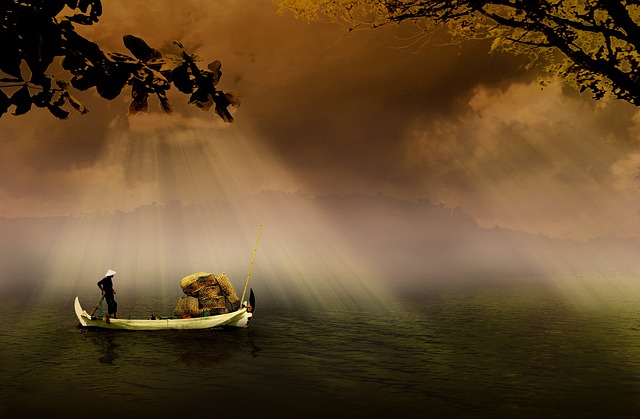
To master river trout fishing, understanding and identifying ideal trout habitat is crucial. These elusive fish thrive in specific conditions, often seeking out cool, well-oxygenated waters with ample cover. Look for sections of the river that have slower currents, as these areas provide a safe haven for trout to feed and rest. Rocks, logs, and other underwater structures offer shelter from predators and create turbulence that traps insects, making them a prime spot for trout to feed. Additionally, consider rivers with dense vegetation along the banks, as this provides further cover for trout.
When exploring potential fishing grounds, pay attention to water color and clarity. Trout often prefer clear or slightly murky waters, avoiding heavily stained river segments. The depth of the river also plays a significant role; shallow areas near riffles and deeper pools below rapids create diverse habitats that attract a variety of trout species. Remember, these are general guidelines, and local knowledge or consulting with experienced anglers can provide valuable insights specific to your target river system for catching trout.
Best Times to Fish for Maximum Catches

The best times to fish for maximum catches of river trout depend on several factors, including water temperature and light conditions. Generally, early morning hours before sunrise and late evening after sunset prove most productive. During these times, trout are more active and feeding aggressively as they prepare for the day or rest after a long night. Additionally, cloud cover can enhance fishing success, as it cools the water and encourages fish to feed at shallower depths.
Weekdays, particularly mid-week, often offer better opportunities compared to weekends when crowds are larger. Trout tend to be less stressed and more receptive to lures during these quieter periods. Moreover, understanding seasonal changes is key; in spring, trout seek warmer waters near riffles and runs, while in fall, they move to deeper holes and slower currents to feed on smaller prey before winter.
Effective Baits and Techniques for River Trout
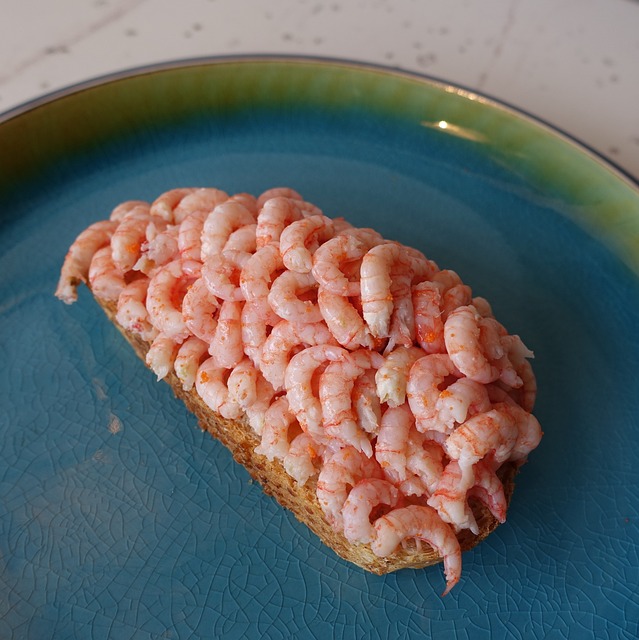
When it comes to catching trout in rivers, understanding what bait and techniques work best can significantly improve your success rate. For river trout fishing, natural baits like worms, leeches, and small crayfish are highly effective. These creatures mimic the food sources that trout naturally prey on, making them ideal for luring these fish. One popular method is to use a worm as a jig or dropper, allowing it to bounce along the river bottom, mimicking an injured insect—a tactic known to entice aggressive strikes from trout.
Additionally, spinners and plugs can be excellent choices for trout fishing tips. These artificial lures can create a wide range of movements in the water, from steady retrievals to jerk baits that imitate struggling prey. Experimenting with different colors and sizes is key; darker patterns often perform better in deeper waters, while brighter colors can cut through the light above faster-moving currents. Learning to read the river’s current and adjust your casting techniques accordingly is an essential skill for catching trout, ensuring you present your bait effectively in various water conditions.
When it comes to catching trout in rivers, mastering the art of reading currents is a true game-changer. By combining knowledge of river hydration, visual cues, and understanding ideal habitat, you can significantly enhance your trout fishing success. Utilize these proven trout fishing tips to navigate the river effectively, identify prime spots, and employ suitable baits at the best times. With practice, you’ll become adept at interpreting the river’s tapestry of visual clues, leading to more memorable catches and a deeper connection with nature’s symphony.
